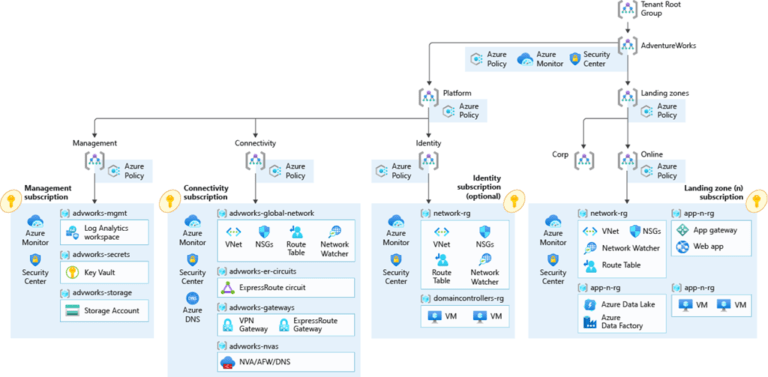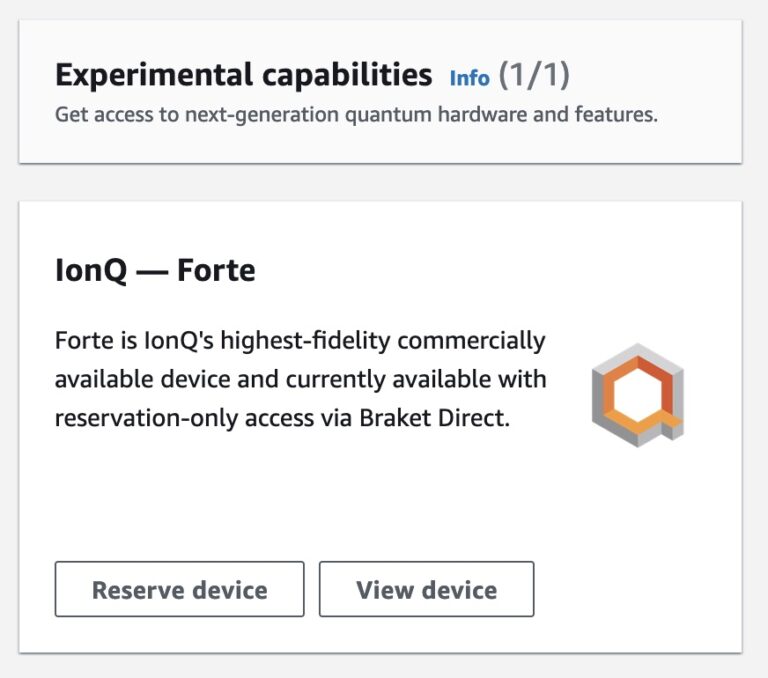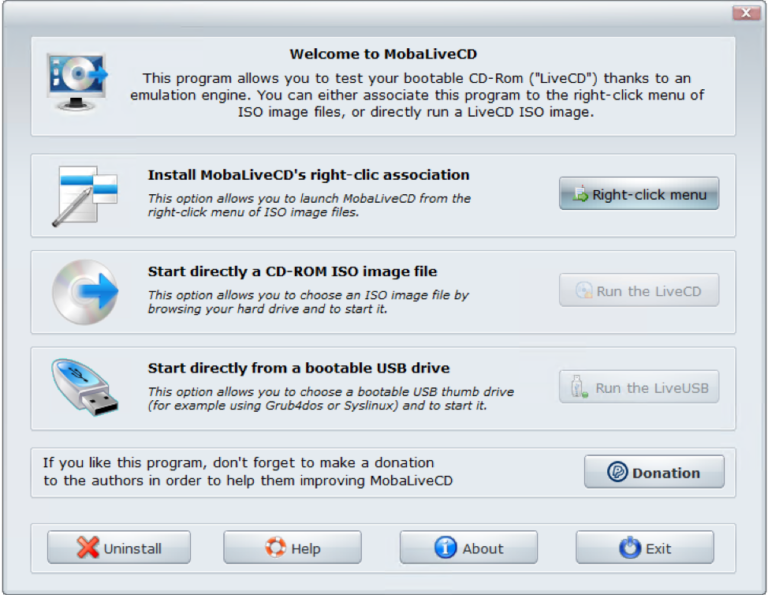
Continuous delivery (CD) is a software development practice that emphasizes the automation of the entire software release process. It involves the continuous integration, testing, and deployment of code changes to ensure the software is always ready for release. DevOps, on the other hand, is a set of practices aimed at streamlining the collaboration between development and operations teams. It focuses on improving communication, collaboration, and the integration of tools and processes to deliver software faster and more reliably.
When combined, continuous delivery creates a powerful approach to software development that enables DevOps teams to build, test, and deploy software quickly and efficiently. This approach ensures that software is always in a releasable state, reducing the risk of errors and minimizing the time it takes to get new features and improvements into the hands of users.
To successfully implement Continuous Delivery in DevOps, it is essential to establish a strong culture of collaboration, automation, and continuous improvement. This means breaking down silos, automating repetitive tasks, and ensuring that feedback loops are in place to enable continuous learning and improvement.
The Importance of Continuous Delivery in DevOps
The significance of continuous delivery in DevOps cannot be overstated. It offers numerous benefits to development teams and organizations, including:
Faster Time to Market
By automating the deployment process and ensuring that software is always in a releasable state, continuous delivery in DevOps enables teams to deliver new features and improvements to users faster. This accelerates time to market, giving organizations a competitive advantage and helping them stay ahead in today’s fast-paced business environment.
Improved Quality and Reliability
Continuous delivery promotes a proactive approach to quality assurance by integrating testing into the development process. This means that issues are identified and addressed earlier, reducing the likelihood of defects making it into production. Moreover, the automation of repetitive tasks minimizes the risk of human error, further enhancing the quality and reliability of the software.
Enhanced Collaboration and Communication
The adoption of continuous delivery in DevOps encourages closer collaboration between development and operations teams. This improved communication helps to break down silos and fosters a shared understanding of the software development lifecycle. As a result, teams can work together more effectively to identify and resolve issues, optimize processes, and deliver software more efficiently.
Increased Agility and Flexibility
Continuous delivery enables DevOps teams to respond to changing requirements and customer feedback more quickly. By continuously integrating, testing, and deploying code changes, development teams can adapt to new priorities and market demands, making it easier to pivot and adjust when needed.
Continuous Delivery Trends Affecting the DevOps Community
As continuous delivery continues to gain traction, several trends are shaping its evolution and driving further innovation in the software development industry.
Shift-Left Testing
One of the key trends in continuous delivery is the shift-left approach to testing. This involves integrating testing earlier in the development process, enabling developers to identify and address issues as they arise. By bringing testing closer to the source of code changes, teams can uncover defects more quickly and reduce the likelihood of problems making it into production.
Containerization and Microservices
The adoption of containerization and GitOps-based microservices is another trend that is impacting continuous delivery. Containers allow developers to package and deploy software in isolated environments, making it easier to manage dependencies and ensure consistency across different stages of the development process. Furthermore, microservices enable teams to break down monolithic applications into smaller, more manageable components that can be developed, tested, and deployed independently.
Infrastructure as Code
Infrastructure as Code (IaC) is a practice that involves managing and provisioning infrastructure using code, rather than manual processes. This approach enables teams to automate the deployment and configuration of infrastructure, ensuring consistency, reducing the risk of errors, and improving cloud cost management. By adopting IaC, development and operations teams can work more closely together to streamline the deployment process and improve the overall efficiency of the software development lifecycle.
Implementing Continuous Delivery in DevOps
Successfully implementing Continuous Delivery in DevOps requires a commitment to automation, collaboration, and continuous improvement. Below are some steps to help you get started:
Establish a Strong DevOps Culture
Creating a culture that values collaboration, communication, and continuous learning is essential for the success of continuous delivery. Encourage open communication between development and operations teams, and emphasize the importance of working together to improve processes and deliver high-quality software.
Automate the Deployment Process
Automation is at the heart of continuous delivery. Identify repetitive tasks in the deployment process, such as building, testing, and deploying code, and invest in tools and technologies that can help automate these tasks.
Implement Continuous Integration and Testing
CI is the basis for continuous delivery. Integrating and testing code changes continuously allows teams to identify and address issues early in the development process. Establish a continuous integration pipeline that automatically builds and tests code changes as they are committed, and ensure that testing is an integral part of the development process.
Monitor and Measure Performance
Continuous improvement is critical for success in continuous delivery. Monitor and measure the performance of your deployment pipeline, and use this data to identify areas for improvement. Implement feedback loops to ensure that lessons learned are fed back into the development process.
Conclusion
Continuous delivery is a powerful approach to software development that can significantly improve the speed, quality, and efficiency of the software delivery process. By adopting a culture of collaboration, automation, and continuous improvement, organizations can unlock the full potential of continuous delivery in their DevOps organization and stay ahead in today’s competitive business landscape.
By Gilad David Maayan



